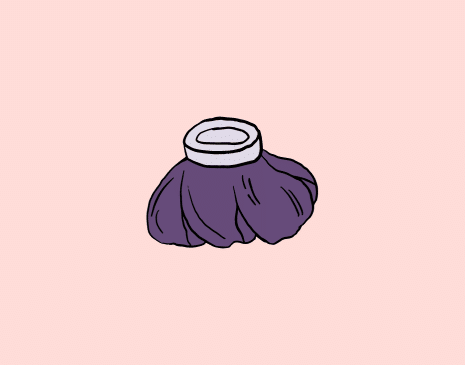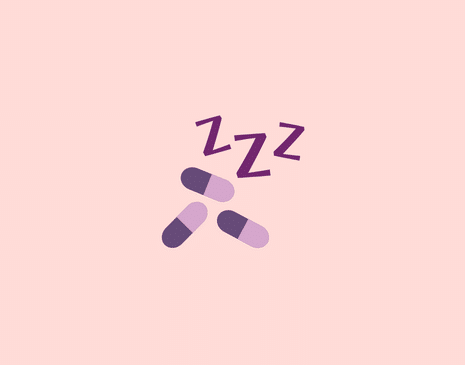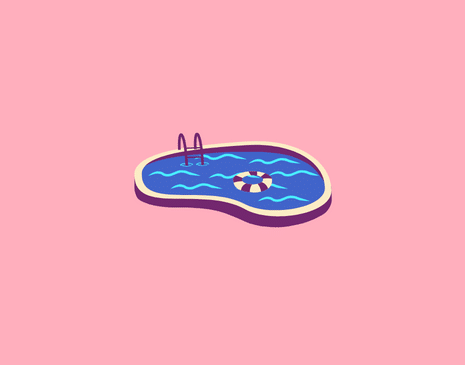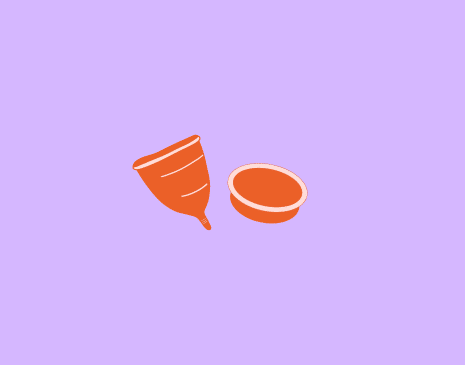Dealing with the persistent itchiness caused by thrush can be incredibly uncomfortable. It’s like having an uninvited guest that won’t leave the party. But the party is in your body. In this article, we explore practical and effective methods to soothe thrush itching, providing you with valuable tips and relief. We discuss using antifungal creams and the soothing comfort of cool compresses to help you relieve bothersome vaginal yeast infections.
Understanding Thrush Itching
Thrush itching can be incredibly annoying, but to effectively soothe it, you first need to understand what’s happening in your body.
Thrush, also known as vaginal candidiasis, is a common yeast infection caused by an overgrowth of Candida yeast, most commonly a yeast called Candida albicans. When this yeast multiplies uncontrollably, it can lead to thrush symptoms, including a cottage cheese-like vaginal discharge, a burning sensation during urination and sexual intercourse, and itching.¹
The itching occurs due to the irritation of the affected area, often in warm, moist areas of the body such as the mouth, genitals, or skin folds. Candida yeast thrives in these conditions and can cause redness, inflammation, and intense itching. The itching sensation results from the body’s immune response to the overgrowth, leading to discomfort and, at times, even pain.
Understanding the underlying cause is essential to treat yeast infections effectively. Thrush can affect anyone, from infants to older adults, and can be triggered by various factors such as antibiotic use, weakened immune system, hormonal changes, or simply an imbalance in the body’s microflora.
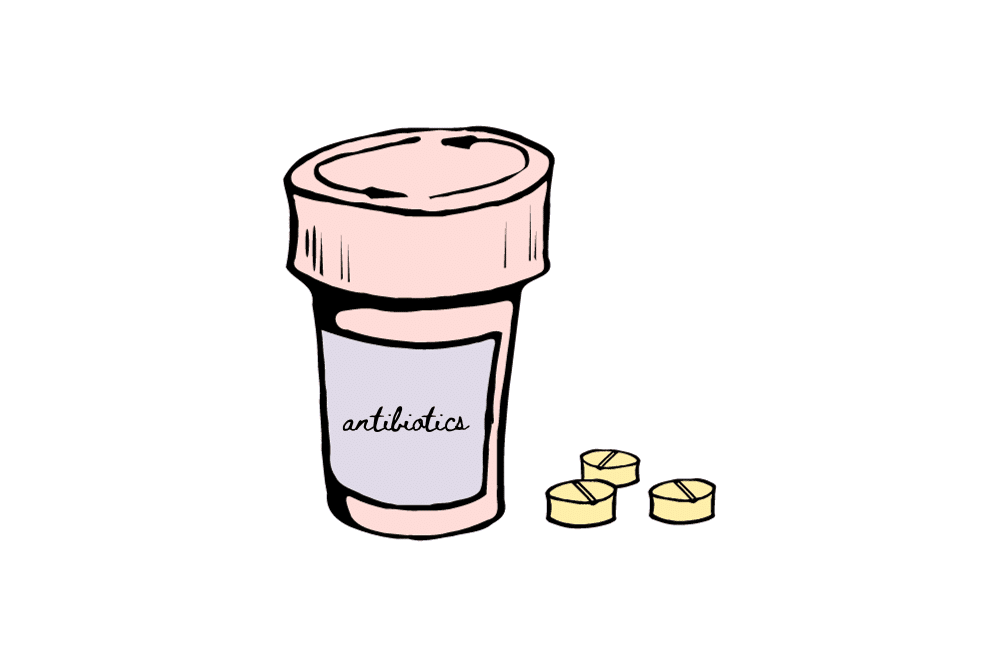
Choosing the Right Vaginal Thrush Treatment
When finding relief from thrush itching, selecting the right treatment is key. The goal is to combat the overgrowth of Candida yeast and alleviate the discomfort it causes. Here, we’ll discuss some options to help you make an informed choice:
Vaginal thrush is typically treated with anti-fungal medications, which can come in the form of a pessary (a tablet inserted into the vagina), cream, or oral tablet.¹ These treatments are available over-the-counter at pharmacies. The duration of treatment can vary from 1 to 6 days, depending on the product used and the severity of the symptoms.
It is important to complete the full course of treatment to ensure the infection is fully resolved. While most cases of thrush will improve with treatment, some individuals may experience recurrent thrush. If this happens, it’s advisable to consult a doctor. Additionally, if you are pregnant or breastfeeding, you should speak with your doctor or pharmacist before beginning any treatment.
Over-the-counter (OTC) Options
Some types of antifungal vaginal creams and vaginal suppositories are available without a prescription. They can be a good choice for mild yeast infections, but it’s essential to consult with a healthcare professional for a proper diagnosis and recommendation.
Hygiene and Lifestyle Changes
Maintaining good personal hygiene and making specific lifestyle adjustments can complement any treatment. Avoiding tight-fitting clothing, wearing breathable fabrics, and keeping the affected area dry can help prevent the recurrence of vaginal yeast infection.
Remember, the right thrush treatment may vary from person to person, and it’s essential to consult a healthcare professional for a proper diagnosis and guidance. Additionally, consistency in treatment and adhering to the recommended course of action are key to effectively managing thrush itching.
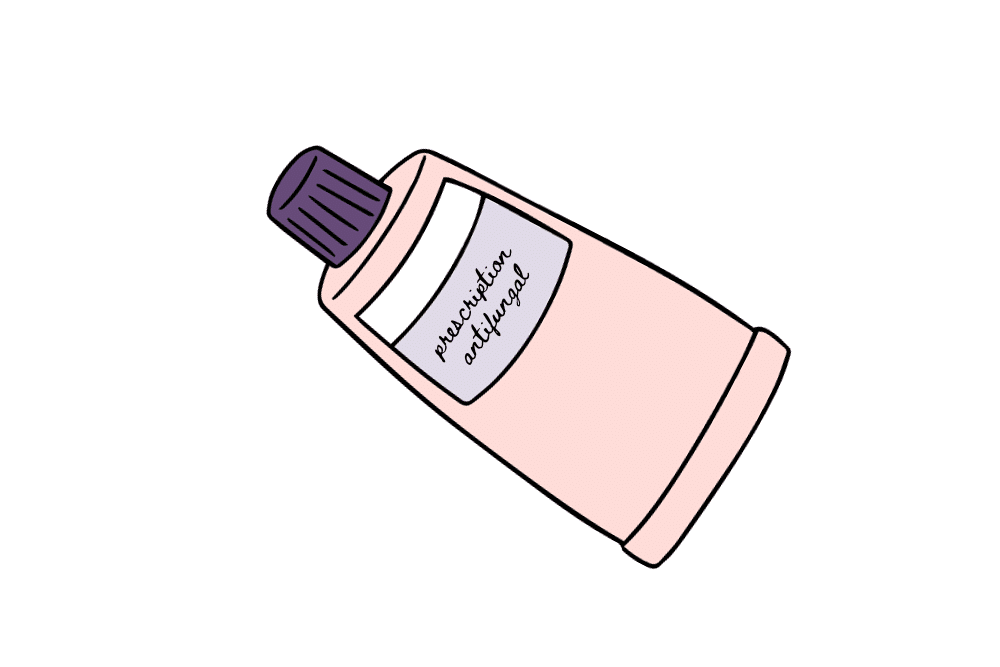
The Power of Cool Compresses for Thrush Relief
Cool compresses can be a simple and soothing solution if you’re seeking immediate relief from the discomfort of thrush itching. Here’s how they work and how to use them to alleviate the itch:
Why Cool Compresses?
Cool compresses can provide quick relief by soothing the inflamed and itchy area. Thrush often leads to redness and irritation, and the coolness of the compress can help reduce inflammation and numb the itch. This can be particularly helpful when you need immediate relief.
How to Use Cool Compresses
- Gather Your Supplies: You’ll need a clean, soft cloth or gauze and access to cold water. Ensuring the cloth is clean is essential to prevent any additional irritants to the affected area.
- Wet the Cloth: Dip the cloth in cold water. You want it to be damp but not soaking wet. Wring out any excess water to avoid dripping.
- Apply to the Affected Area: Gently place the damp cloth on the area where you’re experiencing thrush itching. Hold it there for about 10-15 minutes. You can repeat this process several times a day as needed.
- Avoid Scrubbing: Refrain from rubbing or scrubbing the area, which can further irritate the skin. The goal is to provide a soothing, cooling effect.
Tips for Effective Relief:
- You can place the damp cloth in the refrigerator for a few minutes before use to enhance the cooling effect.
- Be gentle when applying the compress to prevent any additional irritation.
- Ensure the cloth is clean for each use to avoid introducing bacteria to the affected area.
Cool compresses are a convenient and non-invasive way to alleviate the discomfort of thrush itching. While they offer temporary relief, they can be a valuable addition to your overall thrush management strategy, alongside antifungal treatments and lifestyle adjustments.

Tips to Prevent Thrush
Once you’ve successfully managed thrush itching, the next goal is to prevent the fungal infection from returning.
Recurrent vaginal infections can be frustrating, but there are several steps you can take to reduce the likelihood of it coming back. Here are some practical tips to keep thrush at bay:
- Maintain Good Hygiene: Learn how to keep your vagina clean. Proper hygiene is key to prevent yeast infections. Keep the affected areas clean and dry. For vaginal thrush, keep the area dry and change underwear frequently.
- Dietary Adjustments: Reducing your intake of sugar and processed foods can help. Candida yeast thrives on sugar, so cutting down on sugary foods can create an environment less conducive to its growth.
- Probiotics: Consider including probiotic-rich foods in your diet or taking probiotic supplements. These can help restore the balance of beneficial microorganisms in your body, reducing the risk of thrush overgrowth.
- Stay Hydrated: Drinking plenty of water can help flush toxins and maintain overall health. Hydration is important for supporting your body’s natural defence mechanisms.
- Avoid Irritants: For vaginal thrush, avoid using harsh soaps and scented products that can irritate the area.
- Clothing Choices: Wear breathable cotton underwear and avoid tight-fitting clothing. This helps keep the affected areas dry and reduces the risk of irritation.
- Limit Antibiotics: If you’re prescribed antibiotics, discuss with your healthcare provider about potential side effects, including thrush. They can guide how to mitigate the risk.
- Regular Health Checkups: Keep up with routine checkups to monitor your overall health. If you have underlying conditions like diabetes that can increase your risk of thrush, managing them effectively is crucial.
Incorporating these prevention tips into your daily routine can significantly reduce the chances of thrush recurrence. Remember, if you experience a recurrence or itching persists, it’s essential to consult with a healthcare professional for a proper diagnosis and personalised treatment plan.
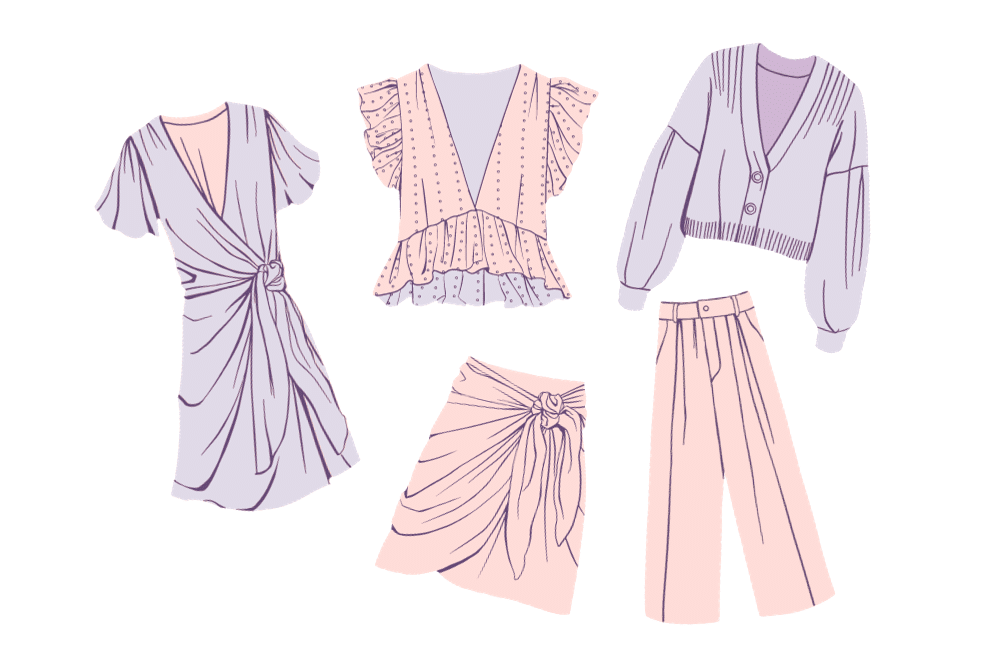
When to Seek Professional Help
If thrush symptoms persist, worsen, or frequently recur despite your best efforts, it’s time to seek professional medical assistance.
Additionally, consulting a healthcare provider is essential if you have a weakened immune system or are pregnant. They can conduct a thorough evaluation, prescribe appropriate medications, and offer personalised guidance to effectively manage the condition, ensuring your overall health and well-being.
Lifestyle Adjustments for Thrush Management
Managing thrush effectively often involves making some simple yet significant lifestyle adjustments.
During treatment for vaginal thrush, it’s important to take care of your vulva by avoiding irritants such as soaps, bubble baths, bath oils, and vaginal hygiene products. Additionally, steer clear of tight-fitting clothes that can aggravate the area.¹
Sex can worsen thrush symptoms, so you might consider abstaining until your treatment is complete. Be aware that thrush treatments can damage latex condoms, diaphragms, and cervical caps, so it’s best to apply the treatment cream after sex.¹
Source
- Australia H. Vaginal thrush [Internet]. www.healthdirect.gov.au. 2020. Available from: https://www.healthdirect.gov.au/vaginal-thrush

